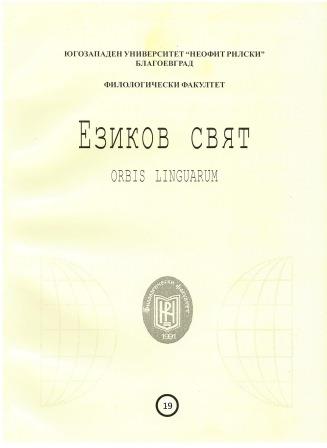OLD ENGLISH SWA SIMILES: STRUCTURE OVERVIEW
OLD ENGLISH SWA SIMILES: STRUCTURE OVERVIEW
Author(s): Mariana OleniakSubject(s): Language and Literature Studies, Theoretical Linguistics, Lexis
Published by: ЮГОЗАПАДЕН УНИВЕРСИТЕТ »НЕОФИТ РИЛСКИ«
Keywords: Old English; simile; tenor; vehicle; comparison marker; structure
Summary/Abstract: This paper describes a way of expressing figurative similarity through Old English constructions employing the element swa ‘as’ (or its variants) as a comparison marker, which in early Middle English developed into two distinct lexemes: the adverb also and the conjunction as, the latter often found in clauses of comparison. The uniqueness of this type of Anglo-Saxon simile is its capability to create similes whose tenors and vehicles either nominate the referents standing behind them or provide a certain amount of information concerning their actions or states, being expressed either by lexemes or clauses, correspondingly. The constructions in question are scrutinised regarding their structure, which sheds some light on its interdependency and interconnectedness with part of speech semantics as well as emphasis. The data is quantified in terms of grammatical as well as information distribution-related issues. This analysis results in a detailed description of two major categories of the Old English swa simile depending on the number of verbalised components, their positioning, and grammatical expression; it also briefly touches upon the chronological peculiarities of the concerned constructions as well as the comparison with other means of figurative similarity expression in Old English. The analysis is carried out on material that has never been studied before.
Journal: Езиков свят - Orbis Linguarum
- Issue Year: 19/2021
- Issue No: 3
- Page Range: 019-029
- Page Count: 11
- Language: English

